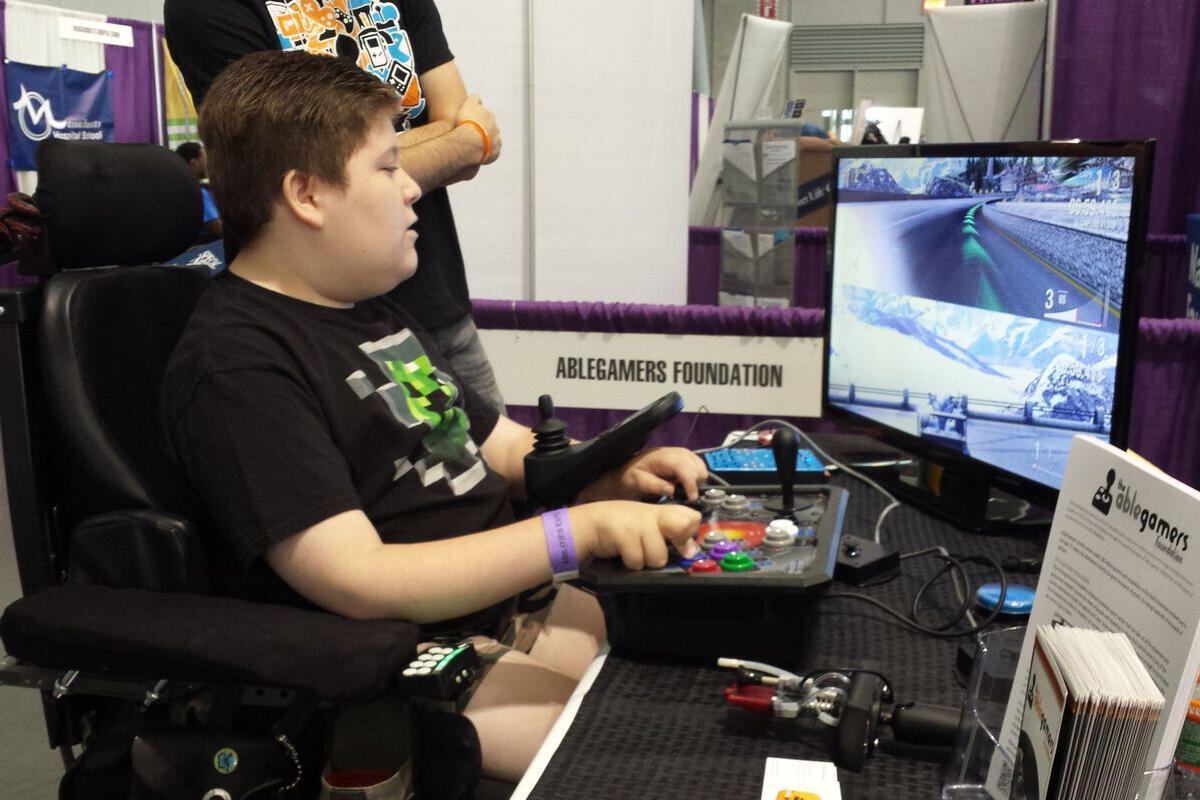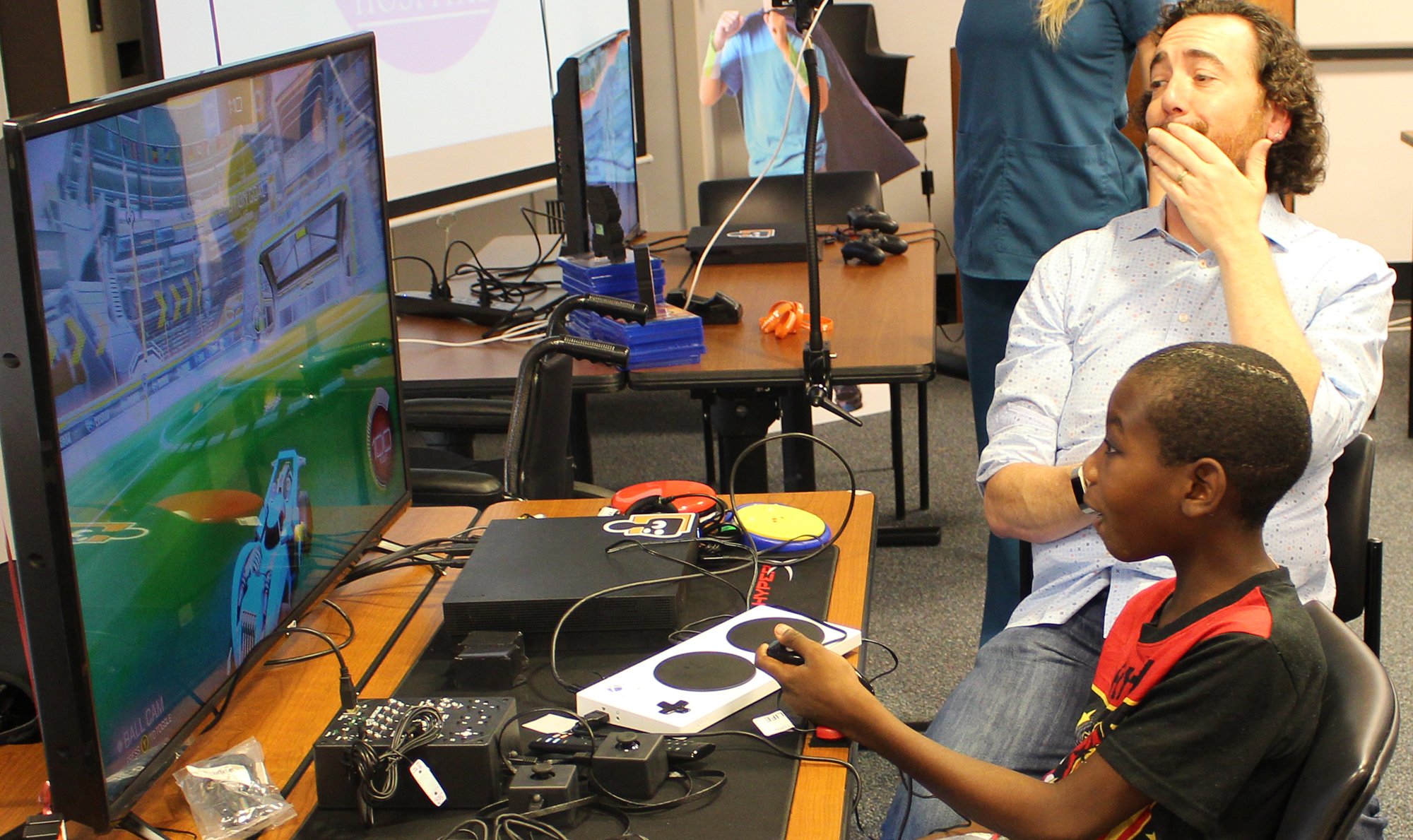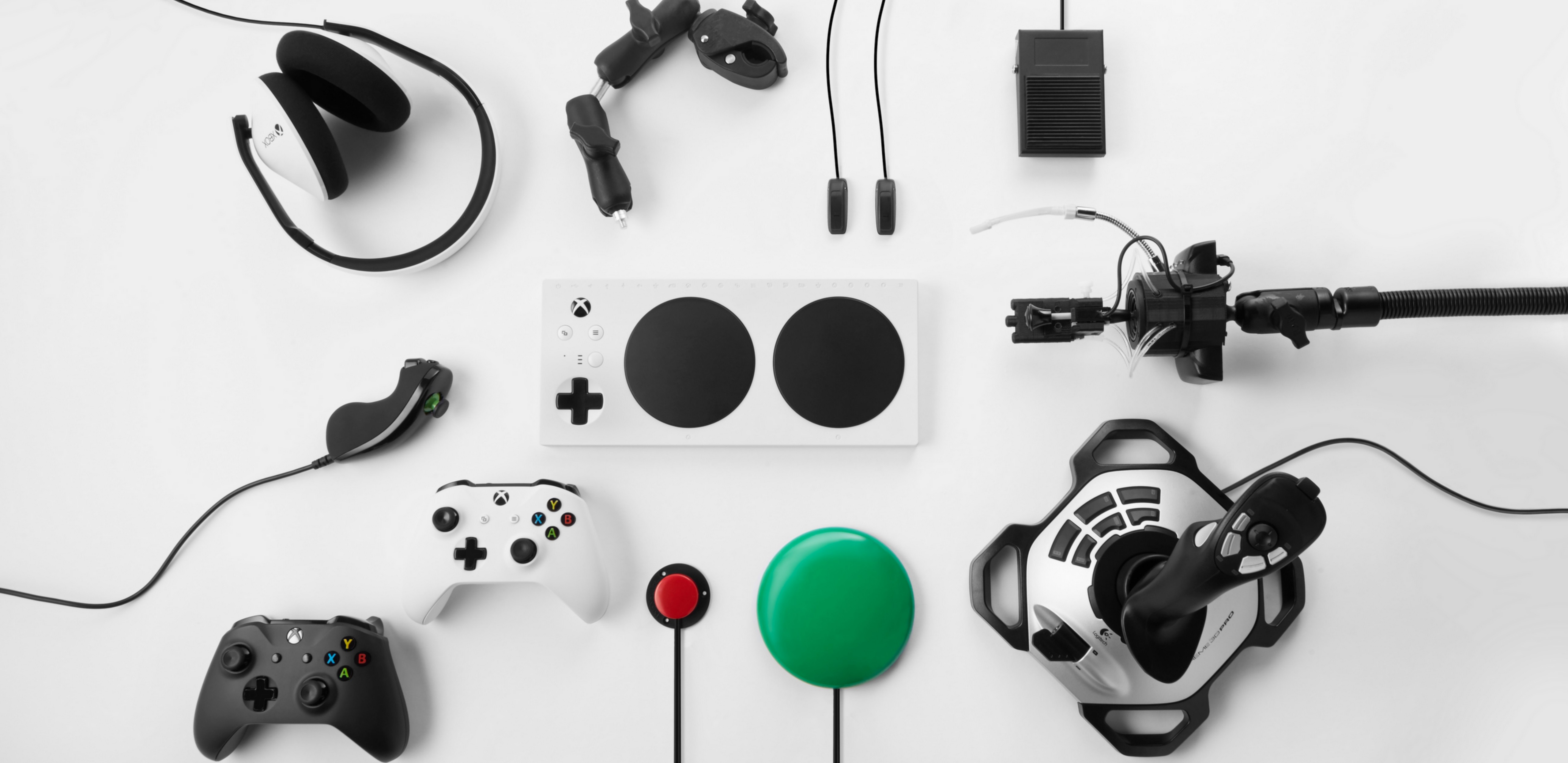Before I dive in, I want to make it known that I’m a person without any physical or cognitive disabilities. Video games are a huge part of my life, both personally and professionally, and I couldn’t imagine not being able to play them. I’m thankful every day for the ability to play any game I desire on any platform I choose with the only obstacle being my lack of skill.
That said, I’m very aware this isn’t the case for everyone who wants to enjoy video games. People with disabilities are gamers, too. More specifically, gamers, like humanity in general, cover a broad spectrum of ability. Some gamers encounter barriers when playing that can exclude or stop them from having the kind of experience the developers wanted for their players.
I reached out to the gaming community through a Twitter post in order to gain a better understanding of what would be most beneficial for me to write about. The response I received made me realize that both people with disabilities and those without want to talk about this topic but have difficulty bringing it up or properly articulating the points they want to get across. I took note of the recurring pain points, researched them, asked a variety of people (both disabled and abled) for their insights, and have compiled my newfound knowledge in a series of blog posts.
This topic certainly deserves a more in-depth discussion than what I can cover in a few short blog posts. However, my hope is that the posts can be used as a bridge to encourage people to speak with others about the importance of accessibility. Simply talking about it is one of the best ways to increase awareness and ultimately make a difference.
So, let’s talk about accessibility in gaming. My first point is a big one: accessibility should be the rule, not the exception.

Accessibility Should Not Be An Afterthought
Most games are designed for the people designing them, without considering the wider spectrum of humanity. Games have not been normalized for all people, which means expensive equipment and programs are required to include people with disabilities. For many people, these external devices either don’t help or allow them to get past input barriers only to encounter more barriers within the game. Developers argue that accommodating these built-in features would be expensive and difficult to implement. While adding the features to a completed project can indeed be costly, if games are developed with inclusion in mind from the beginning, the impact would be minimal.
A common misconception among game developers is that the number of gamers who would benefit from accessibility features is a small percentage overall and including this perceived minority isn’t worth the extra time or effort. I tried to find current statistics for proper citation of the percentage of people who are impaired with some form of disability, but realized that accurate data simply does not exist. After failing to find the numbers I was looking for, I asked Ian Hamilton, an accessibility consultant for various game studios, for his insight on where I could find information on this. His take is that there are no hard statistics on the percentage of people who are disabled because it is such a broad issue that affects almost everyone at some point in their life. According to Steven Spohn of AbleGamers, there are as many as 46 million potential players with disabilities in America alone. Part of the problem with tracking down the exact number is that many people do not identify themselves as disabled, a result of stigma coming from a society that has still not fully welcomed people with disabilities.
Official US government data on disability usually puts it at around 15-20% of the population, rising to 50% of people over 65. Many don’t consider themselves disabled, and very common conditions like colorblindness (8% of males) and difficulty reading (14% of adults) aren’t taken into account. Another thing to consider is temporary impairment, like a broken arm, and situational impairment, like holding a baby, a noisy room, or sun on your screen. Between all of these things, most, if not all, of the people reading this post will be affected by some kind of impairment at some point in their lives. When also taking into account differences in ability and preference, the value of accessibility is universal. Accessibility features are something all gamers can benefit from.
Looking at accessibility feature usage data, it is estimated that under 1% of the population has one hand, yet the one-handed option in Uncharted 4 was used by one-third of their players. The Into the Dead developers told Ian that the alternative control schemes were used by 75% of players. 15% of the population has some degree of hearing loss, yet 97% of players used subtitles in Far Cry New Dawn.
If you’re a game developer looking for some simple ideas of what to get started with, the four accessibility issues that are most commonly complained about are:
- Remapping
- Text size
- Color Blindness
- Subtitle Presentation
If you can address those, you’ll make a significant difference to a large number of players. It should be noted that “most complained about” is not necessarily the same as “most needed” because some players, through impairment or stigma, are less able to raise awareness. However, addressing these four will provide a useful starting point. For a more in-depth look at accessibility features, I recommend checking out the AbleGamers Accessible Games Resource.
For those developers concerned about the financial aspect of including these accommodations, consider the increase in sales of consoles and games that would inevitably happen once they become accessible to a wider audience. There are a significant number of gamers that want to buy your consoles and play your games but don’t because they are currently unable to use them.
The bottom line is to just do something.

When it comes to disabilities, society tends to have a “them and us” mentality which causes an unnecessary divide that negatively impacts any progress made towards normalization. This is a topic that deserves its own spotlight, so stay tuned for the point I cover in my next post on accessibility: normalize disabilities, don’t just accommodate them!
I’d like to thank everyone who replied to my outreach for information on social media and would like to give a shoutout to some of the excellent accessibility specialists and disability advocates that took the time to discuss this topic with me. I encourage everyone interested in learning more about the importance of this issue to give them a follow: Steven Spohn, Ian Hamilton, Dominick Evans.

